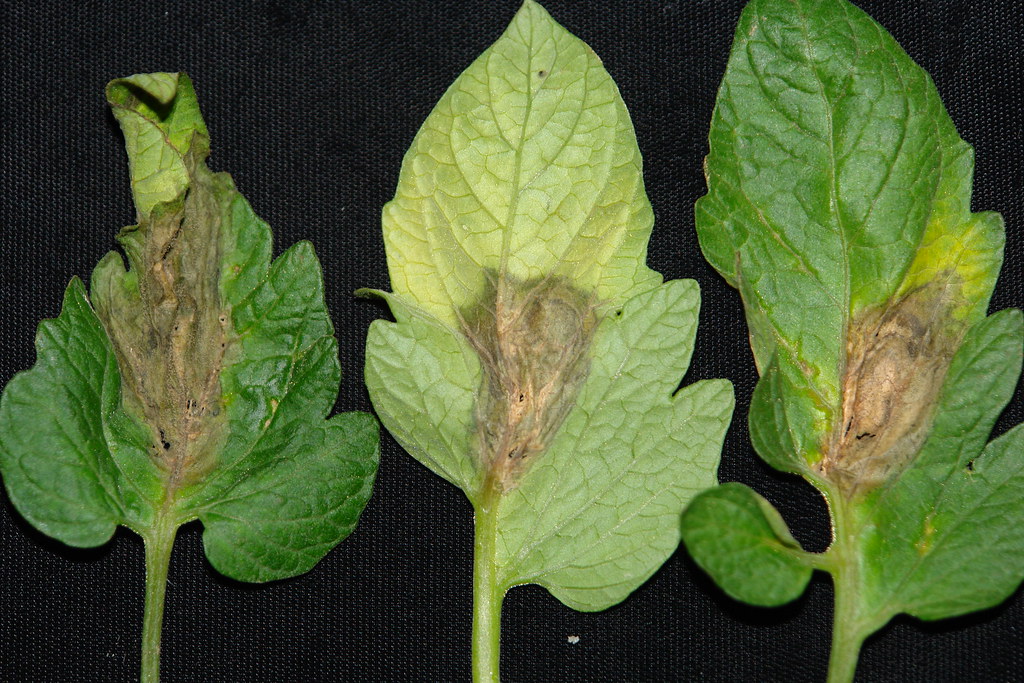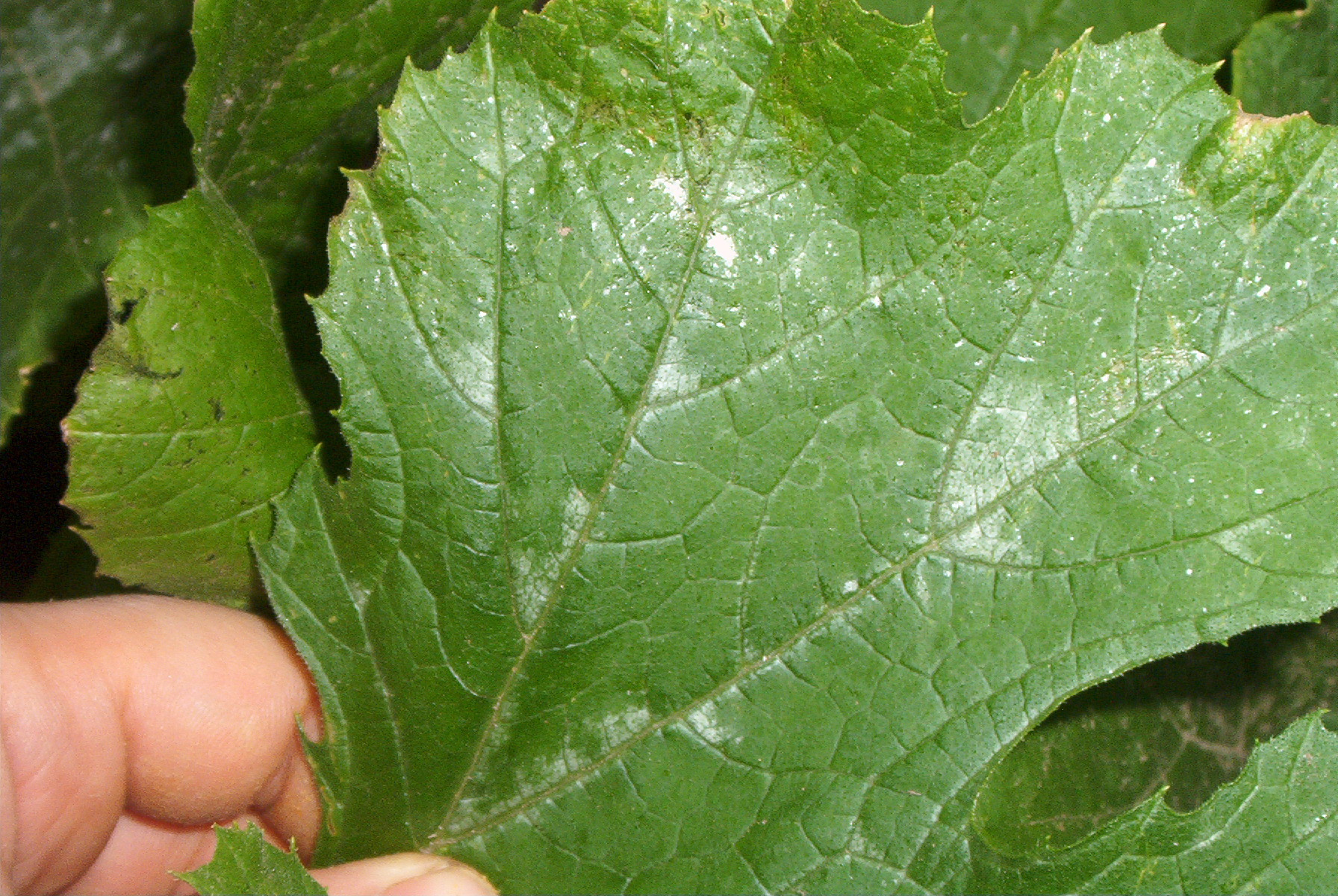Key Takeaways
- Early signs of greenhouse diseases include leaf discoloration, stunted growth, and mold presence.
- Common pathogens like Botrytis cinerea and Fusarium wilt pose significant threats to greenhouse plants.
- Prevention strategies such as optimal plant spacing and climate control are crucial for disease management.
- Isolation and appropriate treatments are necessary steps when handling infected plants.
- Regular inspections and sanitation practices help maintain a healthy greenhouse environment.
Spotting Trouble: Early Signs of Greenhouse Diseases
As a gardener, keeping your greenhouse plants healthy is a top priority. But even the most vigilant among us can encounter the occasional outbreak of disease. Knowing the early signs can make all the difference. Let’s dive into what you should be on the lookout for.
Discoloration and Patterning on Leaves
One of the first and most noticeable signs of distress in plants is a change in leaf color. If you see yellowing, browning, or unusual patterns forming on the leaves, take note. This could be a sign of a nutritional deficiency, but it could also indicate a more serious issue like a disease.
Example: If you notice a once vibrant green leaf developing yellow spots or edges, this could be an early indicator of a condition known as leaf chlorosis, often caused by poor drainage or a fungal issue.
Stunted Growth and Deformities in New Shoots
When new shoots or leaves appear misshapen, stunted, or are failing to develop properly, it’s a clear sign that your plants are under stress. This could be due to a range of issues, but pathogens are often the culprits behind such deformities.
Mold, Mildew, and Fungal Growth Indicators
Mold and mildew are not just unsightly, they’re also harmful to your plants. A fuzzy or powdery coating on leaves or stems can indicate a fungal infection. High humidity and poor air circulation often contribute to these conditions, so it’s important to manage your greenhouse’s climate.
Example: Powdery mildew presents as a white, powdery coating that can cover leaves and stems. It thrives in both high humidity and dry conditions, making it a common issue in greenhouses.
Rapid Plant Decline: When to Be Concerned
If a plant goes from healthy to wilted in a short period, it’s a red flag. Rapid decline is often the result of a serious disease or pest issue that needs immediate attention. Regular monitoring is key to catching these problems early.
The Culprits: Profiling Top Greenhouse Pathogens
Understanding your enemy is half the battle won. Let’s profile some of the most notorious greenhouse pathogens that could be wreaking havoc on your plants.
Botrytis Cinerea: The Gray Mold Menace
Botrytis cinerea, commonly known as gray mold, is a fungus that can affect almost any plant, especially in a humid, crowded greenhouse. It typically manifests as a gray, fuzzy mold on leaves, stems, and flowers. Overhead watering and poor air circulation can exacerbate this issue.

“Gray mold of tomato …” from www.flickr.com
Fusarium Wilt: A Gardener’s Foe
Fusarium wilt is caused by the fungus Fusarium oxysporum. It clogs the water-carrying vessels in the plant, causing leaves to turn yellow and wilt. This disease can persist in the soil, so proper sanitation is essential to prevent its spread. Learn more about common greenhouse pests & diseases and how to manage them.

“Tomatoes with Fusarium Wilt …” from www.flickr.com
The Powdery Mildew Problem
Powdery mildew is a widespread issue in greenhouses, recognizable by its telltale white, powdery spots on leaves and stems. This fungal disease can severely affect photosynthesis, weakening plants over time. To combat it, ensure good air circulation and consider using a fungicide as a preventative measure.

“Cucurbita pepo ‘Zucchini Grey …” from commons.wikimedia.org
Viruses: Stealthy Invaders
Viruses in plants can be tricky to manage because they’re often spread by insects or through contaminated tools. Symptoms vary but can include mosaic patterns on leaves, stunted growth, and fruit deformities. The key to managing viruses is prevention, as there are no cures once a plant is infected. For more on prevention, explore smart greenhouse monitoring solutions that can help in early detection and management of such diseases.
Viruses

“Melon Necrotic Spot Virus on Older …” from commons.wikimedia.org
Fortify Your Greenhouse: Prevention Strategies
Preventing disease in your greenhouse is far more effective than trying to cure it. Let’s discuss some essential strategies that can help keep your plants healthy and your greenhouse disease-free.
Most importantly, always start with disease-resistant plant varieties when possible. These plants have been bred to resist common pathogens, giving you a significant head start in disease management.
Optimal Plant Spacing to Reduce Disease Spread
Proper plant spacing is critical. Crowded plants create a humid microclimate that’s perfect for disease spread. Give your plants room to breathe by spacing them out according to their specific needs, which allows for better air circulation and light penetration.
Because diseases can spread rapidly in tight quarters, it’s also easier to isolate a problem before it gets out of hand when plants are not packed too closely together.
Climate Control: Managing Humidity and Temperature
- Keep humidity levels in check by using dehumidifiers or ventilation systems.
- Maintain a consistent temperature, as drastic fluctuations can stress plants and make them more susceptible to disease.
- Use fans to improve air circulation, reducing the chance of fungal spores settling on your plants.
Controlling the climate in your greenhouse isn’t just about plant comfort—it’s about creating an environment where diseases struggle to take hold.
Therefore, regularly monitor the humidity and temperature. Automated systems can help manage these aspects of the greenhouse environment, making it less likely for diseases to flourish.
Sanitation Practices to Keep Pathogens at Bay
Example: After pruning your plants, always disinfect your tools with a solution of 1 part bleach to 9 parts water. This simple step can prevent the spread of disease from plant to plant.
Sanitation goes beyond tool cleaning. Remove any plant debris promptly, as it can harbor pests and diseases. Disinfect pots and trays before reuse, and never reuse soil that has previously contained diseased plants. For more detailed information, explore our guide on crop monitoring and management techniques.
Cleaning your greenhouse regularly, including the floors and surfaces, will also help reduce the chance of disease.
Biosecurity Measures: Keeping Contamination Out
To protect your greenhouse, be vigilant about biosecurity. This means controlling access to your greenhouse, ensuring that everyone washes their hands before handling plants, and using footbaths at entry points to minimize the chance of bringing in soil-borne diseases.
Also, consider implementing a quarantine area for new plants to ensure they are not introducing pests or diseases to your existing plant population.

By establishing and maintaining strict biosecurity measures, you’re not just protecting your plants, you’re investing in the long-term health and productivity of your greenhouse.
From Detection to Eradication: Handling Infected Plants
When you do detect a disease, it’s crucial to act swiftly. Isolating the affected plant can prevent the disease from spreading to its neighbors. After isolation, you can assess whether the plant can be treated or if it should be removed and destroyed to protect the rest of your greenhouse.
Isolation Techniques: Quarantine Protocols
Setting up a separate space for new or sick plants is essential. This quarantine area should be as far from your healthy plants as possible. When you bring new plants into your greenhouse, keep them in this area for at least a week, monitoring them for any signs of disease or pest activity.
If you find a plant that’s already part of your greenhouse collection showing signs of disease, move it to the quarantine area immediately. This quick action can make a significant difference in preventing a full-blown outbreak.
Organic Solutions: Natural Remedies
When dealing with diseases, organic solutions are often the first line of defense for many gardeners. Natural remedies such as neem oil, baking soda solutions, or milk sprays can be effective against certain fungal diseases. Moreover, beneficial bacteria and fungi, like Bacillus subtilis or Trichoderma, can help protect plants by outcompeting or attacking disease-causing organisms.
It’s important to remember that these solutions are best used as a preventive measure or at the very early stages of disease. Once a disease has taken hold, they may not be sufficient to combat the problem. Always follow the instructions carefully and apply these treatments during cooler parts of the day to minimize plant stress.
Chemical Interventions: Safe Fungicide Use
In some cases, organic methods may not be enough, and chemical interventions become necessary. If you decide to use fungicides, choose products that are labeled for use in greenhouses and on the specific plants you’re treating. Always follow the manufacturer’s instructions for application rates and safety precautions.
Remember that fungicides are most effective when used as part of an integrated disease management strategy. This includes rotating between different classes of fungicides to prevent resistance development in pathogens. Additionally, it’s essential to apply these chemicals at the first sign of disease to prevent its spread.
Chemicals should be your last resort, as overuse can lead to resistance and can harm beneficial insects and the environment. Use them judiciously and always try to opt for products with a low environmental impact.
Aftermath Cleanup: Restoring Greenhouse Health
After you’ve dealt with a disease outbreak, it’s crucial to clean up and restore the health of your greenhouse. Remove all plant debris, disinfect your tools, pots, and surfaces, and replace the soil if necessary. These steps help to eliminate any lingering pathogens and prepare your greenhouse for new, healthy growth.
Review your greenhouse practices and see if there are any improvements you can make to prevent future issues. Perhaps you need to improve ventilation, adjust your watering practices, or be more diligent about quarantine protocols. Use this as a learning experience to strengthen your greenhouse management skills.
FAQ
How often should greenhouse plants be inspected for diseases?
Regular inspections are key to catching diseases early. I recommend inspecting your plants at least once a week, looking for any signs of stress or disease. During these inspections, examine the leaves, stems, and soil for any unusual signs.
If you notice anything out of the ordinary, isolate the plant and determine the best course of action. Frequent monitoring allows you to act quickly and prevent small problems from becoming big ones.
Can household products be used to treat plant diseases?
Yes, certain household products can be used to treat plant diseases. For example, baking soda mixed with water can create a mild fungicidal spray for powdery mildew. However, it’s important to use these remedies with caution and to research their effectiveness and safety for your specific plants.
What are some natural predators that can help manage pests and diseases?
Natural predators such as ladybugs, lacewings, and predatory mites can help manage pest populations, which in turn reduces the spread of diseases. Encouraging or introducing these beneficial insects into your greenhouse can be an effective part of your integrated pest and disease management strategy.
How does overwatering contribute to greenhouse diseases?
Overwatering can lead to a host of problems, including root rot and the proliferation of fungal diseases. Excess moisture creates an environment where pathogens can thrive. It’s important to water your plants according to their needs and ensure that your greenhouse has proper drainage.
Is it possible to save a plant after a disease is spotted?
It is possible to save a plant after spotting a disease, but it depends on the severity and type of disease. Early detection and appropriate treatment are crucial. For some diseases, removing the affected parts and applying a treatment may be enough, while others may require more drastic measures, such as discarding the plant to protect others.
Every disease and plant situation is unique, so it’s important to accurately diagnose the problem and take the necessary steps as quickly as possible to give your plant the best chance of recovery.
